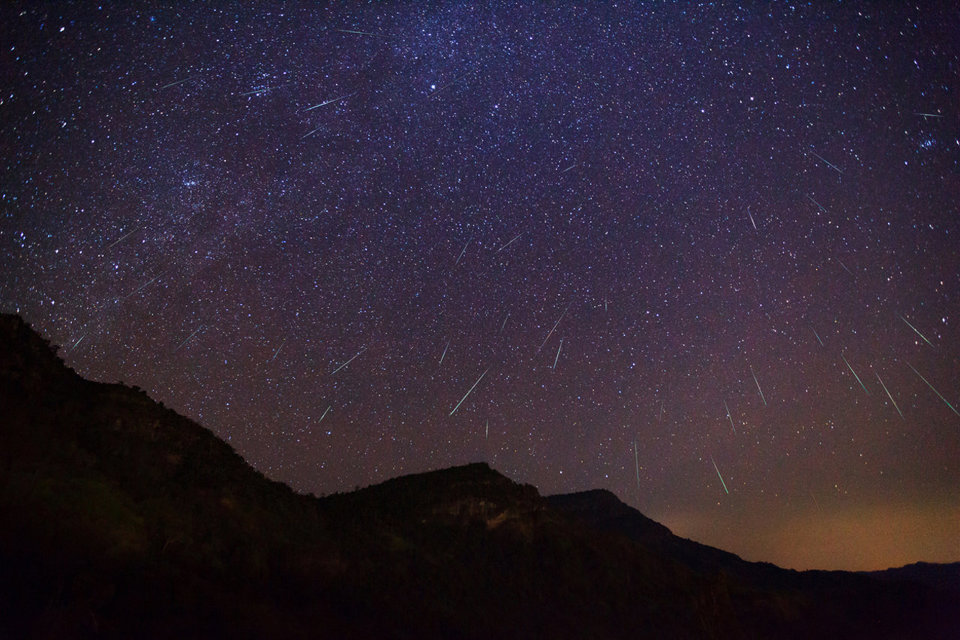
Due to the proximity of the winter solstice, the nights start to get longer and colder. This period of the year in which darkness gains space for daylight for more hours offers the opportunity to contemplate numerous astronomical phenomena.
Day 13 and 14: Geminid meteor shower
Geminid meteors are slow moving and can be observed during most of December. Its most active peak, however, is the night of December 13 and the morning of December 14, with a rate of 120-160 meteors/hour under optimal conditions. This rate makes it the most active rain of the year along with the quadrantids, a phenomenon that takes place during the first days of January.
The waning moon will block the view of many of the fainter meteors this year, but the Geminids are so numerous and bright that the show will be just as remarkable. The best way to watch the rain is from a dark place after midnight. Meteors will radiate from the constellation Gemini, but they can appear anywhere in the sky.
Day 21: Mercury at its greatest eastern elongation
Mercury is one of the most difficult to observe with the naked eye without the use of telescopes, but on this day it can be seen as a small point of yellowish light just by looking at the sky because it reaches its greatest eastern elongation of 20.1 degrees from the Sun. This is the best time to view Mercury because it will be at its highest point above the horizon in the evening sky. To see it, you have to look for it in the western sky just after sunset.
Day 21 and 22: Ursid rain
This shower is the result of dust grains left behind by Comet Tuttle, which was first discovered in 1790. The shower occurs annually from December 17 to 25, but peaks this year on the night of December 21 and morning of the 22nd
Although a particularly spectacular shower that produces between 5 and 10 meteors per hour, this year's near-new Moon will leave the skies very dark, which should add to the show. Best viewing will be just after midnight from a dark location away from city lights. Meteors will radiate from the constellation Ursa Minor, but they can appear anywhere in the sky. (Text and photo: National Geographic)